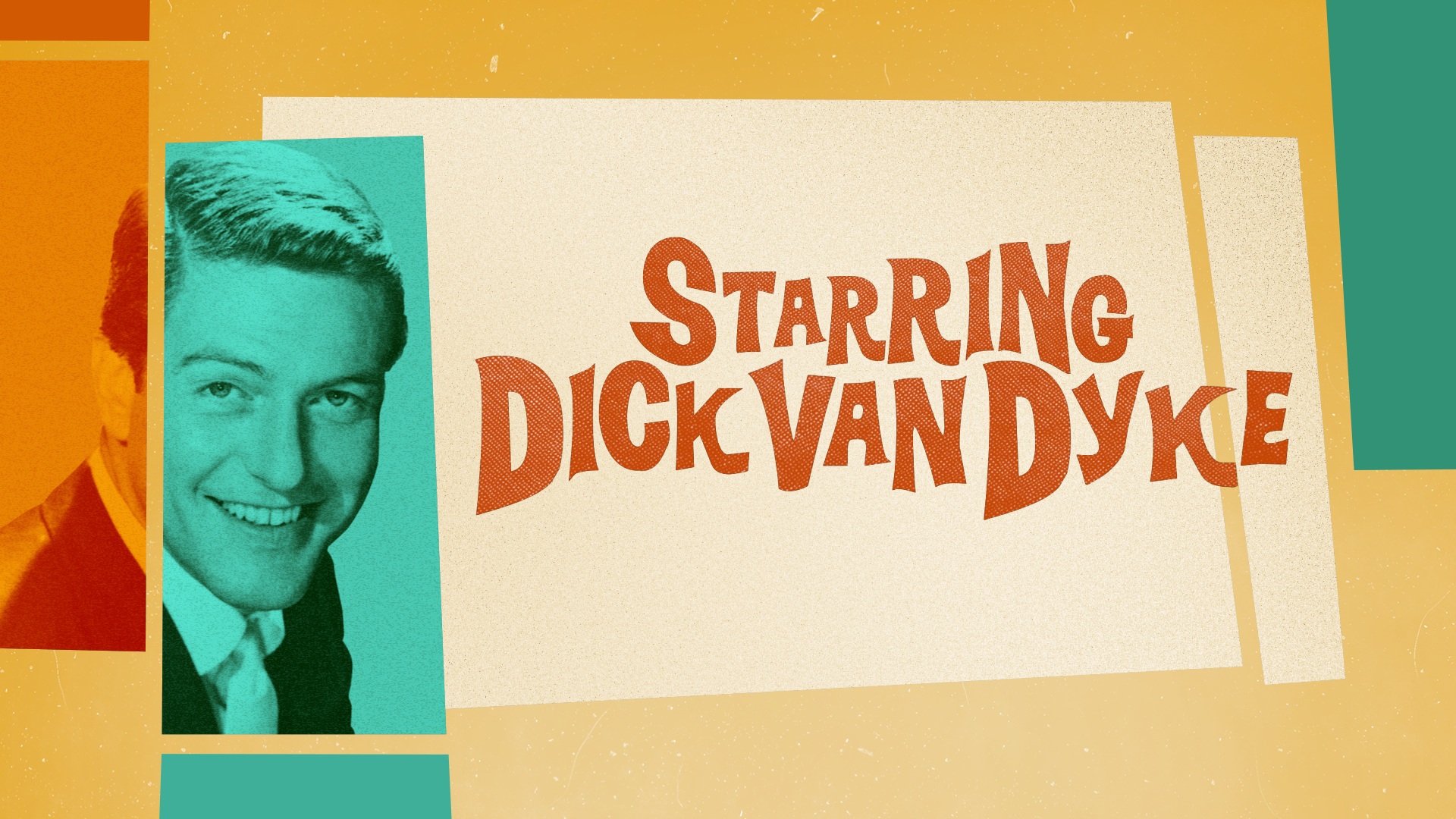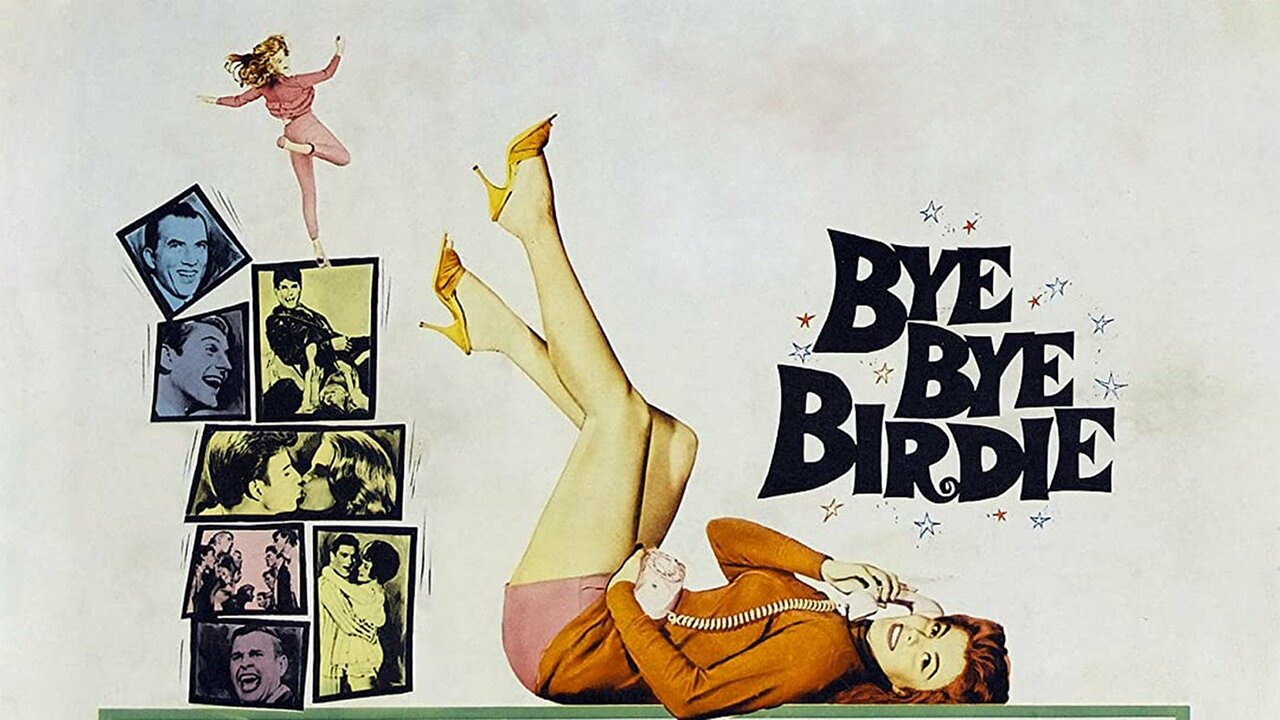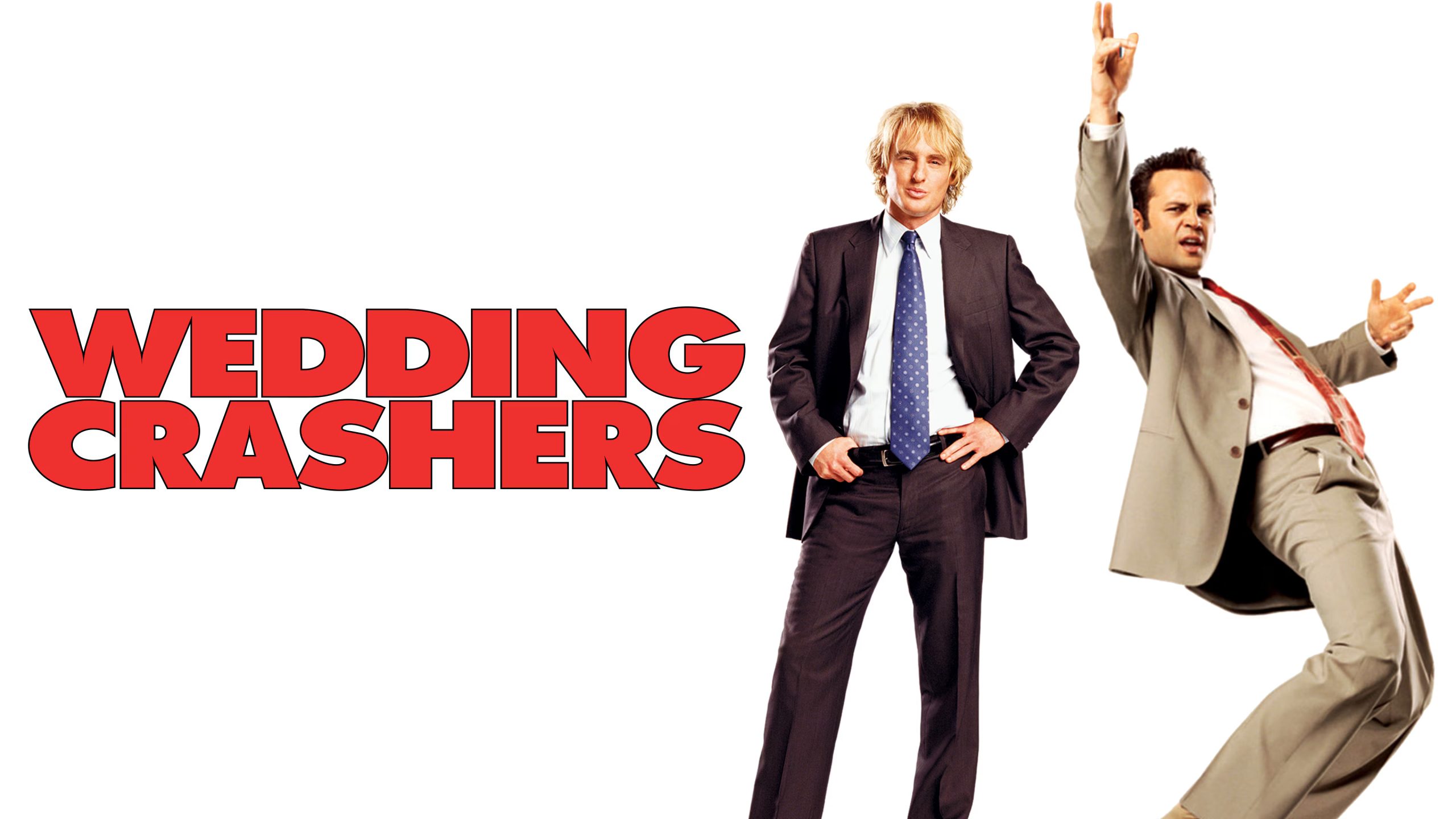
The U.S. and the Holocaust is an essential documentary on the Shoah and the documentary’s 2022 airing is as timely and relevant as ever.
Every viewer is going to respond differently to this film. The imagery can be graphic at times but this was what life was like for Jews under Nazi rule. The recent rise of antisemitism–and especially from celebrities of late–is a reason why people should watch this film. We now live in an America where a former president is meeting at his residence with Holocaust deniers. This is inexcusable, reprehensible, and must be condemned. That my viewing of the documentary comes on the same day as Kanye West going full Nazi is purely a coincidence. He has a bigger following than the number of Jews in the entire world. However, his vicious Jew-hatred of late is a stark reminder of why we still need to teach people about the Holocaust.
Filmmakers Ken Burns, Lynn Novick, and Sarah Botstein not only focus on the 1930s and 1940s but recap what conditions were like in America in the years leading up to the Holocaust. Did you know that Alexander Graham Bell and Helen Keller were among those who supported eugenics? I did not–not until watching the film, that is. Throughout the course of its six to seven hours, there will be a lot to unpack. You’re going to hear quite a bit about the American Jewish establishment and its response to the Holocaust. What you’re going to hear very little about in watching the film is Peter Bergson and the Bergson Group. Bergson was seen a rival to the establishment and while his tactics were different, they also worked.
There are things in this film that I already knew. However, there were also things that I did not know until watching. One of them is December 2, 1942 was declared a day of mourning. The declaration followed the Riegner telegram in August 1942. This was when both the US and British governments learned of the Nazi plan to exterminate European Jewry. The State Department tried to prevent the telegram from reaching its intended recipient, Rabbi Stephen Wise. The war would not end until 1945. Most of the Holocaust’s deaths would take place during a 20-month period. While it’s true that the US would focus their efforts on wiping out German munitions, they did not do enough to save Jewish lives. More lives could have been saved had the government acted quicker. I lost family during the Shoah so this is personal.
As much as we would have liked for the gas chambers and crematoriums to be targeted, the reality is that it wasn’t that simple. Precision targeting worked nothing like it does today. During WW2, one in five pilots were hitting their targets. They would otherwise fall within a five mile radius. One of the targets was five miles away from a camp and while the camp did get hit, the things that needed to be destroyed were not destroyed. Could they have bombed Auschwitz? I’d like to think so. Adding into the debate over the years is the fact that 52,173 airmen lost their lives during the war. Would one more death have been worth it if it could have saved more lives?
The U.S. and the Holocaust not only explores the rise of Hitler and Nazism while while discussing global antisemitism/racism, the American eugenics movement and the South’s race laws. What did the U.S. government know, when did they know it, and how did they act on it? What about the American people? How did they respond to the antisemitism against Jews? What about when it became public knowledge in November 1942? Did this change anyone’s attitude about the war at the time? Again, there’s a lot to unpack in The U.S. and the Holocaust as we listen to first-person accounts from both witnesses and survivors in addition to historians and writers.
There’s this myth that Americans were ignorant or just indifferent. Suffice it to say, it’s more complex than this. The general public did know when things were made public in November 1942. Until then, it was only whispers in the Jewish community as people escaped the Nazis. And yet, we cannot ignore the American racism that could have prevented many Jews from dying in Europe. The previous waves of Jewish immigration led to quotas in the US. There’s no denying that antisemitism played a role in this. Visas became invalidated and then many Jews could not enter the U.S. Look no further than the tragedy of the MS St. Louis. If you want to discuss relevancy, we’re seeing a similar problem today when it comes to immigration and once again, racism rears its ugly head in the conversation.

The U.S. would ultimately take in more refugees than any other nation: 225,000. And yet, this was mostly after the war. During the war, it was harder because of the role that antisemitism played in the State Department. Had the US done more to save Jewish lives when escape was still possible, the number would have been higher. You know whose life could have been saved? Anne Frank. That’s right. Her diary would become widely published in the years after her death but the Frank family applied for a Visa to the U.S. but they never came. Like I said, the antisemitic quotas led to the deaths of more Jews. Immigration is a key subject here–former president Calvin Coolidge was one of the staunchest anti-immigrant presidents next to Donald J. Trump.
Look at the following words from Robert Reynolds, a DEMOCRATIC Senator from North Carolina:
“If I had my way, I would today build a wall about the United States so high and so secure that not a single alien or foreign refugee from any country upon the face of this earth could possibly scale or ascend it.”
The isolationism was a serious problem in the U.S.–so much that the Senate formed a committee to investigate Hollywood’s war-mongering. If you have not done so yet, I highly recommend reading Hollywood Hates Hitler! by Chris Yogerst. In any event, party platforms did a lot of evolving during WW2. The subject is a documentary in and of itself when you look at what Democrats and Republicans stood for during the Civil War and WW2.
When one looks at the American response, you cannot ignore the likes of Father Coughlin, Henry Ford, and Charles Lindbergh. Lindbergh was a huge celebrity because of his flying and yet, he was in cahoots with the Nazis. It was enough that President Franklin D. Roosevelt and Lindbergh were in a war of the words for well over two years. This is just a small part of the documentary. There’s quite a bit of commentary when it comes to immigration. The U.S. had open borders up until the Chinese Exclusion Act. After that, there was a wave of 25 million immigrants making their way into the US, many of which were from Europe. Not everybody responded in kind, especially to Jewish immigrants. This is why Jews would end up working and building up select industries.
It’s not until final minutes of the film in which they show what’s been happening in the US in the last five years alone. Charlottesville. January 6. I could go on and on. While there’s a serious antisemitism problem–disguised as anti-Zionism-among leftists, the far right has a very violent and extremist problem when it comes to Jew-hatred. There are white supremacist Republicans in Congress. We defeated Nazi fascism in 1945 and we’ll defeat fascism again on American soil if we must. The anti-LGBTQ rhetoric in the US–especially against transgender people–is no different than the antisemitic rhetoric in the 1930s. It is not an understatement to state just how timely and relevant The U.S. and the Holocaust is in 2022. As Jew-hatred rears its ugly ahead again, the Jewish community needs allies more than ever–call antisemitism out whenever and wherever you see it.
DIRECTORS: Ken Burns, Lynn Novick, and Sarah Botstein
SCREENWRITER: Geoffrey Ward
NARRATOR: Peter Coyote
VOICE CAST: Liam Neeson, Matthew Rhys, Paul Giamatti, Meryl Streep, Werner Herzog, Joe Morton, Hope Davis, Bradley Whitford, Helena Zengel
FEATURING: Daniel Greene, Rebecca Erbelding, Peter Hayes, Deborah Lipstadt, Daniel Mendelsohn, Daniel Okrent, Nell Irvin Painter, Mae Ngai, Timothy Snyder, Susan Hilsenrath Warsinger, Eva Geiringer Schloss, Joseph Hilsenrath, Marlene Mendelsohn, Sol Messinger, Guy Stern
The U.S. and the Holocaust aired on PBS. It is now available to watch on the PBS app or through Amazon’s PBS channel. Grade: 5/5
Please subscribe to Solzy at the Movies on Substack.





